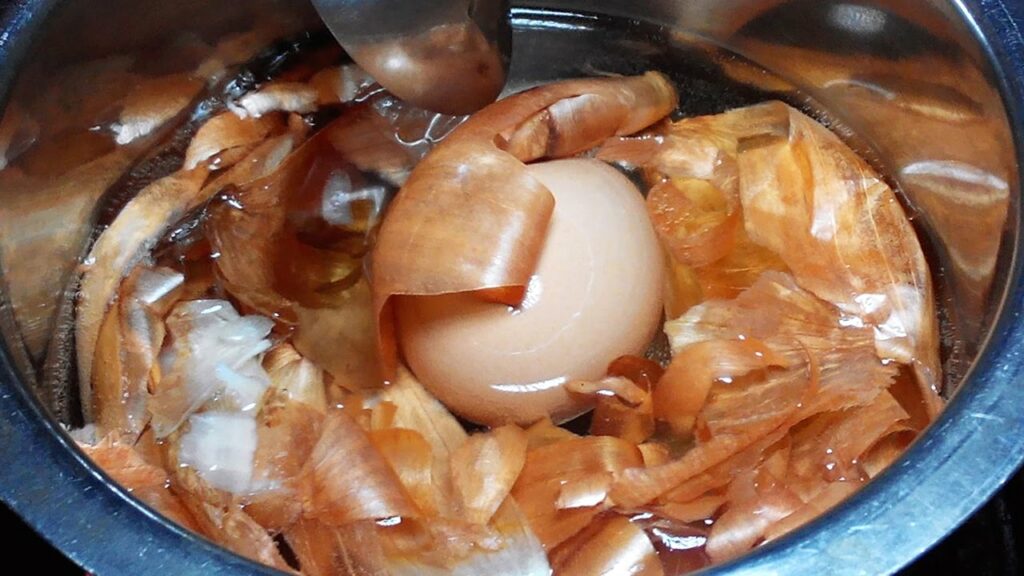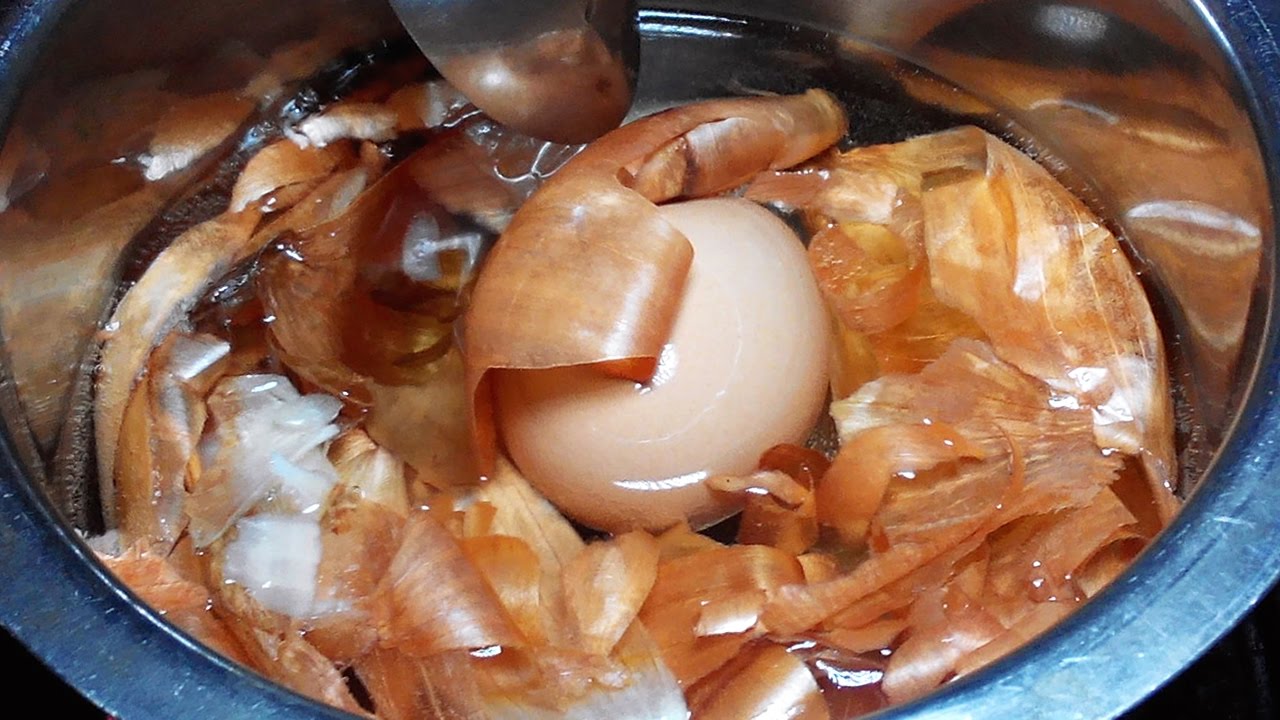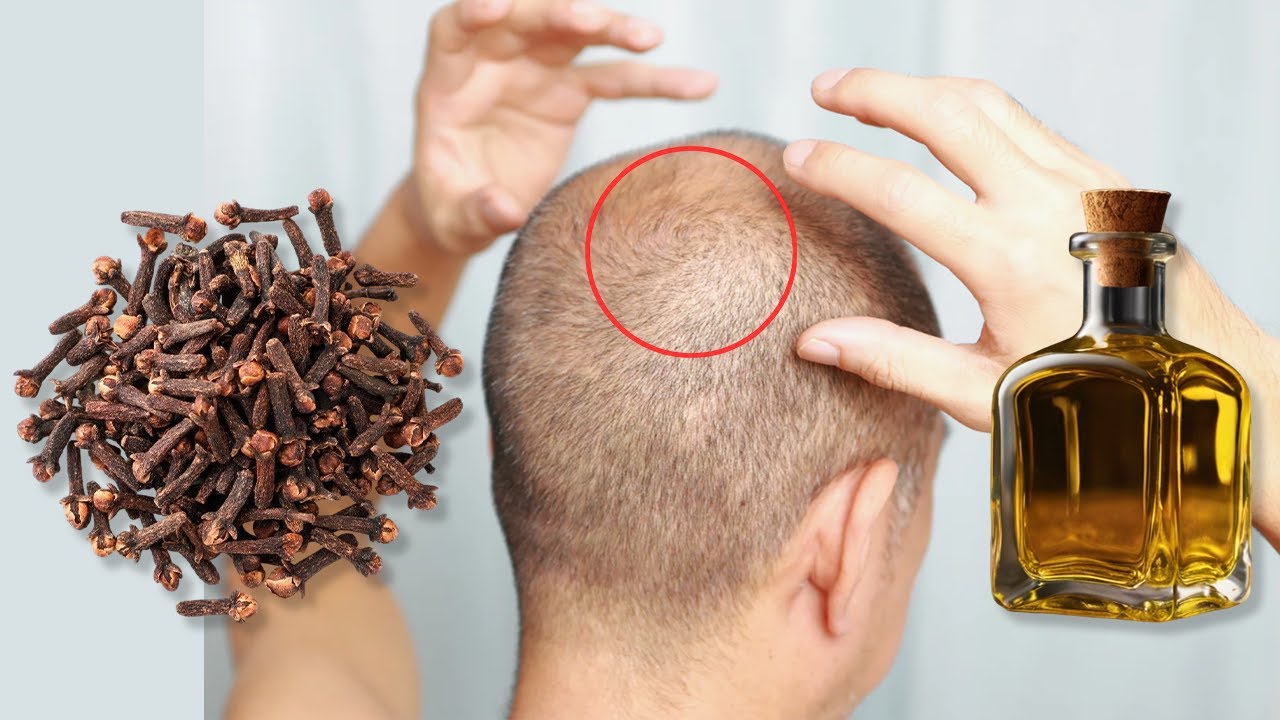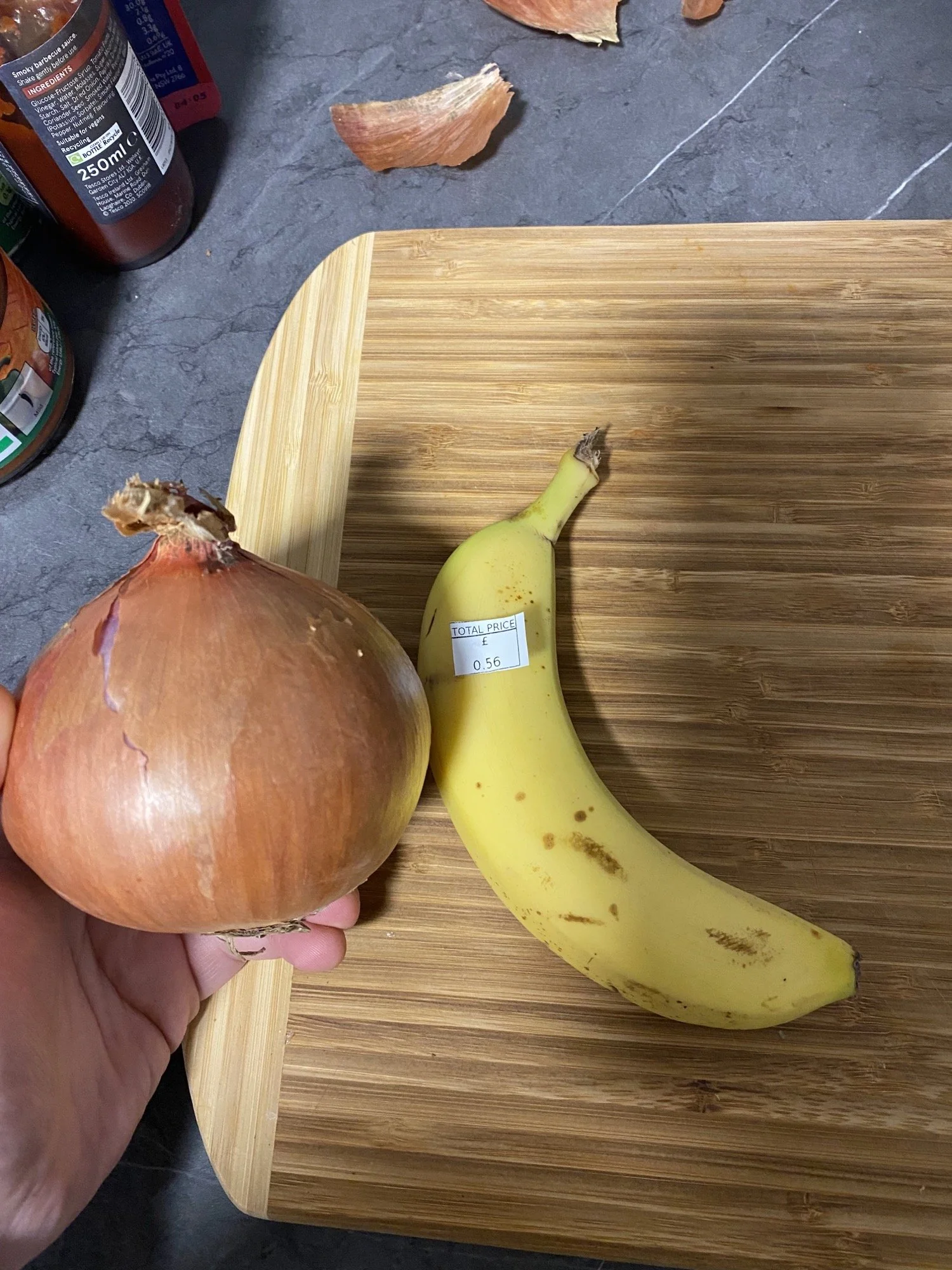
Onion peels often end up in the trash or compost bin, but there are compelling reasons to save them instead. Rich in antioxidants, vitamins, and other beneficial compounds, these peels have a range of uses that extend far beyond cooking. Here’s why you should reconsider the way you view onion peels and start putting them to good use.
Nutritional and Health Benefits:
-
Rich in Antioxidants: Onion peels contain a high concentration of quercetin, a powerful antioxidant that can help reduce inflammation and fight free radicals.
-
Dietary Fiber: The outer layers of onion provide dietary fiber, which aids digestion and supports overall gut health.
-
Heart Health: The flavonoids in onion peels have been linked to reduced blood pressure and improved heart health.
Practical Uses of Onion Peels:
-
Natural Dye:
-
Onion skins can be used to create natural dye for fabrics. The resulting color can range from a beautiful rusty orange to rich golden, depending on the type of onion. This is a great way to give new life to old clothes or craft projects.
-
-
Broth Enhancement:
-
Adding onion peels to broths and stocks imparts a deeper flavor and adds extra nutrients. Just be sure to strain them out before serving.
-
-
Gardening:
-
Pest Deterrent: Onion peels can be used in the garden to repel pests. Spread them around plants to keep bugs away.
-
Fertilizer: Compost onion peels to enrich your garden soil. They break down quickly and add essential nutrients back into the earth.
-
-
Home Remedies:
-
Soothing Bath: Add onion peels to a bath to harness their anti-inflammatory properties, which can help soothe itchy skin or rashes.
-
Cold and Flu Relief: Boil onion peels in water to make a tea. Drinking this infusion can help relieve cold and flu symptoms, thanks to its anti-inflammatory and antioxidant properties.
-
-
Crafts:
-
Easter Egg Dying: Use onion peels as a natural dye for Easter eggs. Wrap eggs in onion skins and boil them for unique, stunning patterns.
-
How to Prepare and Store Onion Peels:
-
Cleaning: Always wash the onions thoroughly to remove any dirt and pesticides before peeling.
-
Drying: For many uses, it’s best to dry the peels. You can spread them out on a paper towel and leave them in a warm, dry place for a few days or put them in a low oven until they are brittle.
-
Storage: Store dried onion peels in an airtight container in a cool, dark place to preserve their properties.
Precautions:
-
Allergies and Sensitivities: Some people may be sensitive to onions and their peels, so consider any allergies before using them in home remedies.
-
Pesticide Exposure: Opt for organic onions if possible, as conventional onion peels might retain pesticide residues.
Conclusion:
Onion peels are a valuable resource that you may have been overlooking. Whether for their health benefits, practical applications around the home, or use in crafts and gardening, these peels can be remarkably useful. Next time you chop an onion, think twice before tossing those peels away—they might just be more valuable than you realized!




